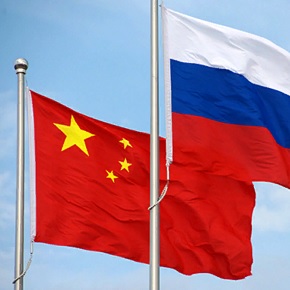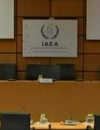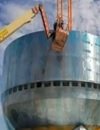 |
||
|
VVER and its future AtomInfo.Ru, PUBLISHED 01.06.2022 Russia has adopted a strategy providing for the formation of two-component nuclear power with fast and thermal reactors. And this means that the VVER technology will remain in our country. Moreover, according to the accepted development scenarios, the fleet mode units with generation III+ VVER will be introduced in Russia until 2038. The fleet mode units here are understood to be units with VVER-TOI, or rather, with updated VVER-TOI with increased consumer attractiveness and competitiveness. Further development of the VVER line - the VVER-S with spectral regulation, and the first spectral VVER will also be the first modern VVER of average power of 600 MWe. After its appearance, spectral VVERs will be able to operate both in an open fuel cycle, reducing the consumption of natural uranium, and in a closed cycle, and it is assumed that 100% loading of the core with MOX fuel is possible. Of course, in the latter case, the question of the fate of the spent MOX from the VVERs will become acute. The idea of processing such spent nuclear fuel for multiple recycling in a thermal reactor, which the French are now trying to implement, is skeptical among our specialists. It is more reasonable to first send plutonium from the spent MOX from the VVER to a fast reactor for treatment (improvement of isotopic composition) and only after passing through the fast reactor to use it for the manufacture of MOX fuel for VVER. Note that a similar scheme at the FR22 conference was also proposed by a speaker from the Chinese corporation CGN. It is still too early to talk about the specific appearance of the VVER-S. Now different options are being considered, differing in the way of regulating the neutron spectrum, the diameter of fuel rods, power, reactor vessel, etc. Materials for technical specifications for the technical project of the VVER-S should be prepared in 2024. The program for the creation of VVER-S has an intersection with the program for the development of tolerant fuel, because in the spectral VVER, the rejection of zirconium alloys is assumed. It is worth remembering here that the rejection of zirconium can lead to an increase in uranium enrichment above the 5% limit and thinning of the fuel element shell. In addition, the materials studied as alternatives to zirconium have their drawbacks, and all this requires careful study. And of course, changing the shell will affect not only the head, but also the back-end of the fuel cycle. Other news: Russian specialists present reports at IAEA Conference on Fast Reactors A total of 70 reports by Russian participants were presented at the conference. Specialists of SSC RIAR have successfully completed the modernization of the VK-50 reactor This is the first and only operating pressurized boiling reactor with natural coolant circulation in the country. Ghana will decide on the site before the end of the year Four candidate sites are currently being explored. |
Hero of the day 
First Concrete laid at Xudapu NPP Power Unit 4 in China First concrete ceremony has taken place at Xudapu NPP Unit 4 constructed under the Russian VVER-1200 design. The construction has reached its active phase. Xudapu NPP Unit 3 is also in the active stage of construction. INTERVIEW
FR22 concluded its work OPINION
AtomInfo.Ru |

